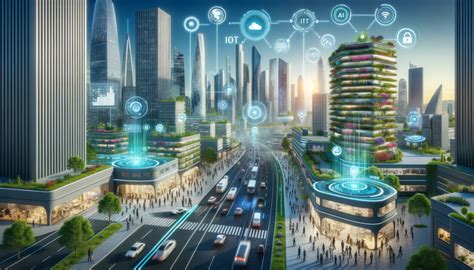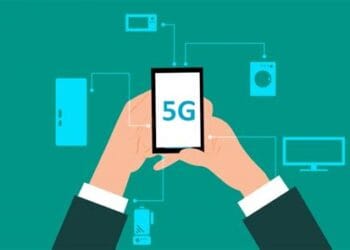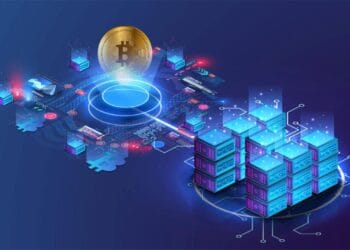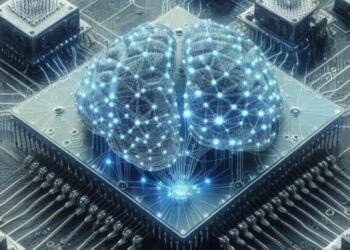The modern city is a marvel of human ingenuity, a dense tapestry of commerce, culture, and community. It is also a system under immense strain. Faced with unprecedented urbanization, climate change, and aging infrastructure, city leaders are grappling with challenges that defy 20th-century solutions. Congestion chokes productivity, pollution threatens public health, and resource consumption is unsustainable. In response to this crisis, a new model for urban living is not just emerging—it is rapidly expanding and maturing. This is the era of the smart city.
Far more than a technological buzzword, a “smart city” represents a fundamental shift in urban management. It is the deliberate integration of data, connectivity, and intelligent automation into the core fabric of a city’s operations. The goal is not technology for technology’s sake, but to create environments that are more efficient, sustainable, responsive, and, above all, more livable for their citizens. What began as isolated pilot projects—a few smart streetlights here, a parking app there—is now scaling into a comprehensive ecosystem of interconnected solutions.
This article explores the dramatic expansion of these urban intelligence solutions. We will dissect the foundational pillars of a modern smart city, from mobility to governance. We will then investigate the powerful technological backbone—IoT, 5G, and AI—that makes this revolution possible. By examining real-world examples and confronting the critical challenges of privacy and equity, we will paint a complete picture of how these expanding solutions are actively reshaping our world, one city at a time.
The Foundational Pillars of a Modern Smart City
The expansion of smart city solutions is best understood by looking at its key domains. These are not siloed initiatives but interconnected systems that create a compounding effect, where improvements in one area can benefit others.
A. Smart Mobility and Integrated Transportation Traffic congestion is the bane of almost every major city, costing trillions in lost productivity and fuel. Smart mobility aims to transform this daily struggle into a seamless, efficient experience.
- Intelligent Traffic Management: The era of static, pre-timed traffic lights is ending. Modern systems use a network of IoT sensors—embedded in roads, mounted on traffic poles, and even sourced from citizen smartphones—to monitor traffic flow in real time. AI algorithms analyze this data to predict congestion points and dynamically adjust traffic signal timing, re-route drivers via digital signage, and manage traffic flow during large events or emergencies.
- Mobility-as-a-Service (MaaS): The future of urban transport is not about owning a single vehicle but about accessing a network of options. MaaS platforms integrate all available modes of transport—public buses and trains, ride-hailing services, bike-sharing, and e-scooters—into a single, unified smartphone application. A citizen can plan a trip from A to B, and the app will provide the most efficient combination of options, handling all ticketing and payments seamlessly. This encourages the use of public and shared transport, reducing the number of private cars on the road.
- Smart Parking: A significant portion of urban traffic is caused by drivers circling for a parking spot. Smart parking solutions use sensors in parking spaces to provide real-time data on availability, guiding drivers directly to an open spot via a mobile app. This reduces congestion, emissions, and driver frustration.
B. Smart Energy, Grids, and Utilities Cities are enormous consumers of energy and resources. Smart solutions are critical for building sustainable and resilient urban environments by optimizing the flow and consumption of power and water.
- The Smart Grid: Traditional power grids are one-way streets, pushing power from a central plant to consumers. A smart grid is a two-way, responsive network. It uses smart meters and sensors to constantly monitor electricity demand and supply across the city. This allows utility companies to precisely manage load, detect and isolate outages instantly, and, most importantly, seamlessly integrate renewable energy sources like solar and wind power, whose output can be variable.
- Intelligent Waste Management: Instead of collecting waste on a fixed schedule, smart waste management systems place ultrasonic sensors inside public and commercial bins. These sensors monitor fill levels and automatically notify collection services when a bin is full. This data is then used to create the most efficient collection routes, saving fuel, reducing emissions, and preventing overflowing bins.
- Proactive Water Management: Water scarcity is a growing global issue. Smart water systems embed acoustic sensors in water pipes to “listen” for the distinct sound signature of a leak. This allows utilities to detect and repair leaks long before they become catastrophic breaks, conserving billions of gallons of water and preventing costly infrastructure damage.
C. Smart Governance and Citizen Engagement Smart governance uses technology to make city administration more transparent, efficient, and responsive to the needs of its residents.
- Digital Public Services: This involves creating centralized digital platforms and apps where citizens can report issues (like a pothole or a broken streetlight), pay bills, apply for permits, and access public information without needing to visit a physical office. This data also provides city managers with a real-time dashboard of neighborhood-level issues, allowing for data-driven resource allocation.
- Open Data Portals: Forward-thinking cities publish vast amounts of non-personal, anonymized government data—on everything from traffic patterns and crime statistics to budgets and air quality—in open, machine-readable formats. This transparency fosters public trust and empowers local entrepreneurs, academics, and developers to build innovative apps and services that benefit the community.
D. Smart Buildings and Resilient Infrastructure The buildings where we live and work, and the infrastructure that connects them, are becoming active participants in the urban ecosystem.
- Intelligent Buildings: Modern commercial and residential buildings are being equipped with IoT systems that control lighting, heating, ventilation, and air conditioning (HVAC) based on real-time occupancy and environmental conditions. This can reduce a building’s energy consumption by up to 30%.
- Predictive Maintenance: Instead of waiting for a bridge, road, or public facility to fail, cities are embedding them with stress and vibration sensors. These sensors continuously monitor the structural health of the infrastructure, allowing AI models to predict when maintenance will be needed. This proactive approach is safer, more cost-effective, and less disruptive than emergency repairs.
The Technological Backbone Fueling Expansion
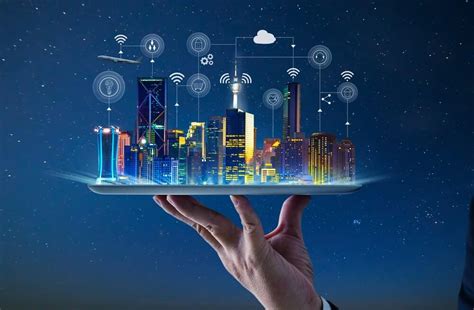
This rapid expansion of solutions is made possible by the convergence and maturation of several powerful technologies. They form the central nervous system, circulatory system, and brain of the smart city.
A. The Internet of Things (IoT) The IoT is the vast network of physical objects—sensors, cameras, vehicles, appliances, and infrastructure components—embedded with electronics that allow them to connect to the internet and exchange data. This is the sensory layer of the smart city. It is the IoT sensor in a parking spot that knows it’s occupied, the sensor in a waste bin that knows it’s full, and the sensor on a water pipe that hears a leak. The sheer volume and variety of data generated by these devices provide the raw material for urban intelligence.
B. 5G and Advanced Connectivity If IoT devices are the nerve endings, 5G is the high-speed nervous system. While 4G enabled the mobile app revolution, 5G offers a quantum leap in three key areas critical for advanced smart city applications:
- Massive Bandwidth: It can handle a far greater volume of data, essential for streaming high-definition video from thousands of security cameras.
- Ultra-Low Latency: It dramatically reduces the delay between when data is sent and when it is received. This near-instantaneous communication is essential for mission-critical applications like Vehicle-to-Everything (V2X) communication, where cars, traffic lights, and pedestrians exchange data to prevent accidents.
- High Device Density: 5G can support up to one million connected devices per square kilometer, making it possible to deploy the massive sensor networks a truly smart city requires.
C. Big Data Analytics and Artificial Intelligence (AI) Data from IoT sensors is meaningless without the ability to process and understand it. This is the role of Big Data platforms and AI. AI, particularly machine learning, is the analytical brain that transforms a flood of raw data into actionable insights, predictions, and automation. It is the AI that analyzes traffic patterns to optimize signal timing. It is the AI that learns the normal vibration of a bridge to detect anomalies that signal a structural weakness. And it is the AI that sifts through emergency call data to identify patterns and allocate resources more effectively.
D. Cloud and Edge Computing This combination forms the city’s cognitive architecture. The Cloud provides massive, centralized data storage and the immense processing power needed for large-scale, long-term analysis, like city-wide urban planning. Edge Computing, by contrast, pushes processing power out to the “edge” of the network, closer to where data is generated. This allows data from a smart traffic camera to be analyzed locally to make an instant decision about changing a light, without the delay of sending it all the way to a centralized cloud and back. This localized processing is vital for real-time applications.
Confronting the Challenges on the Path Forward
The expansion of smart city solutions is not without significant hurdles and ethical considerations. A truly “smart” city must also be a “wise” one, navigating these challenges with a human-centric approach.
- Data Privacy and Cybersecurity: The most pressing concern is the immense amount of data collected about citizens’ movements and behaviors. Cities must establish ironclad data governance policies, ensure robust cybersecurity to prevent devastating hacks, and be transparent about what data is collected and how it is used. The goal is a smart city, not a surveillance state.
- Digital Equity and Inclusion: There is a major risk that the benefits of smart cities will only accrue to the affluent and tech-savvy, widening the digital divide. Cities must ensure that solutions are accessible to all, including the elderly, low-income communities, and those with disabilities. Public Wi-Fi, digital literacy programs, and accessible MaaS platforms are crucial components of an equitable smart city.
- Financial Sustainability: The upfront investment in smart infrastructure can be enormous. Finding sustainable financial models, often through public-private partnerships, is key. Cities must demonstrate a clear return on investment, not just in financial terms but in improved quality of life for residents.
Building the People-Centric City of Tomorrow
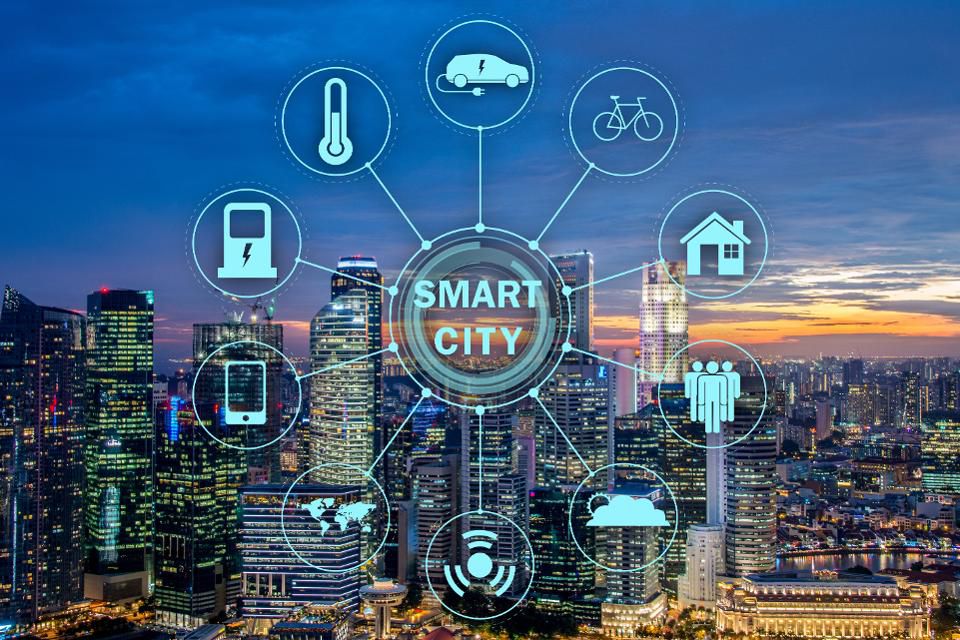
The expansion of smart city solutions marks a pivotal moment in the history of urbanization. Driven by the powerful convergence of IoT, 5G, and AI, we are now building cities that can see, hear, and think—urban environments that can adapt to the needs of their citizens in real time. From the seamless flow of traffic and the efficient use of energy to more responsive public services, the potential to improve the quality of daily life is immense.
However, the ultimate measure of a smart city’s success will not be the sophistication of its technology, but the well-being of its people. The most successful urban centers of the future will be those that wield these powerful tools wisely, prioritizing privacy, ensuring equity, and fostering community. The true promise of this revolution is not just to create smarter cities, but to use that intelligence to build more sustainable, resilient, and profoundly human places to call home.
